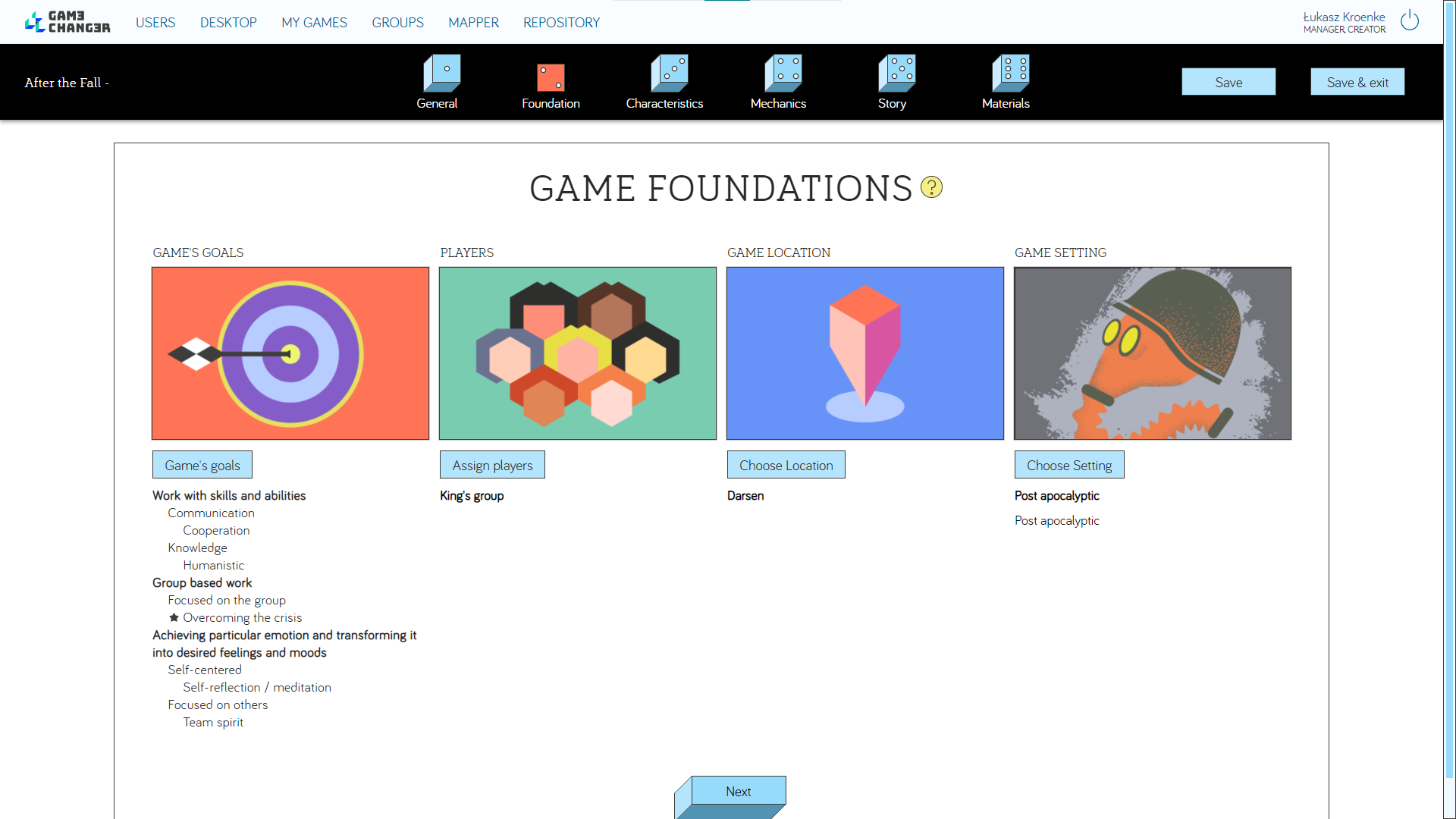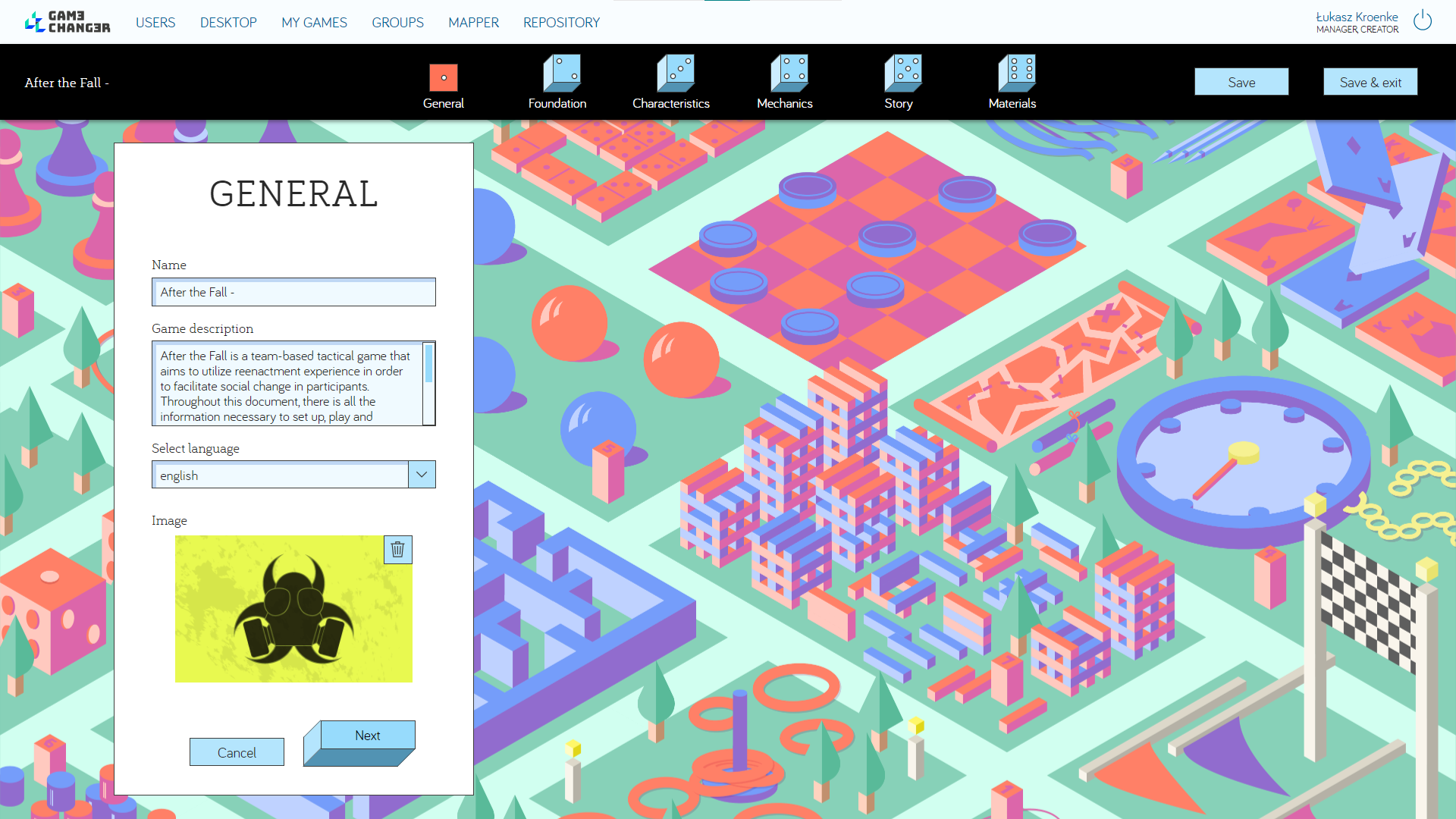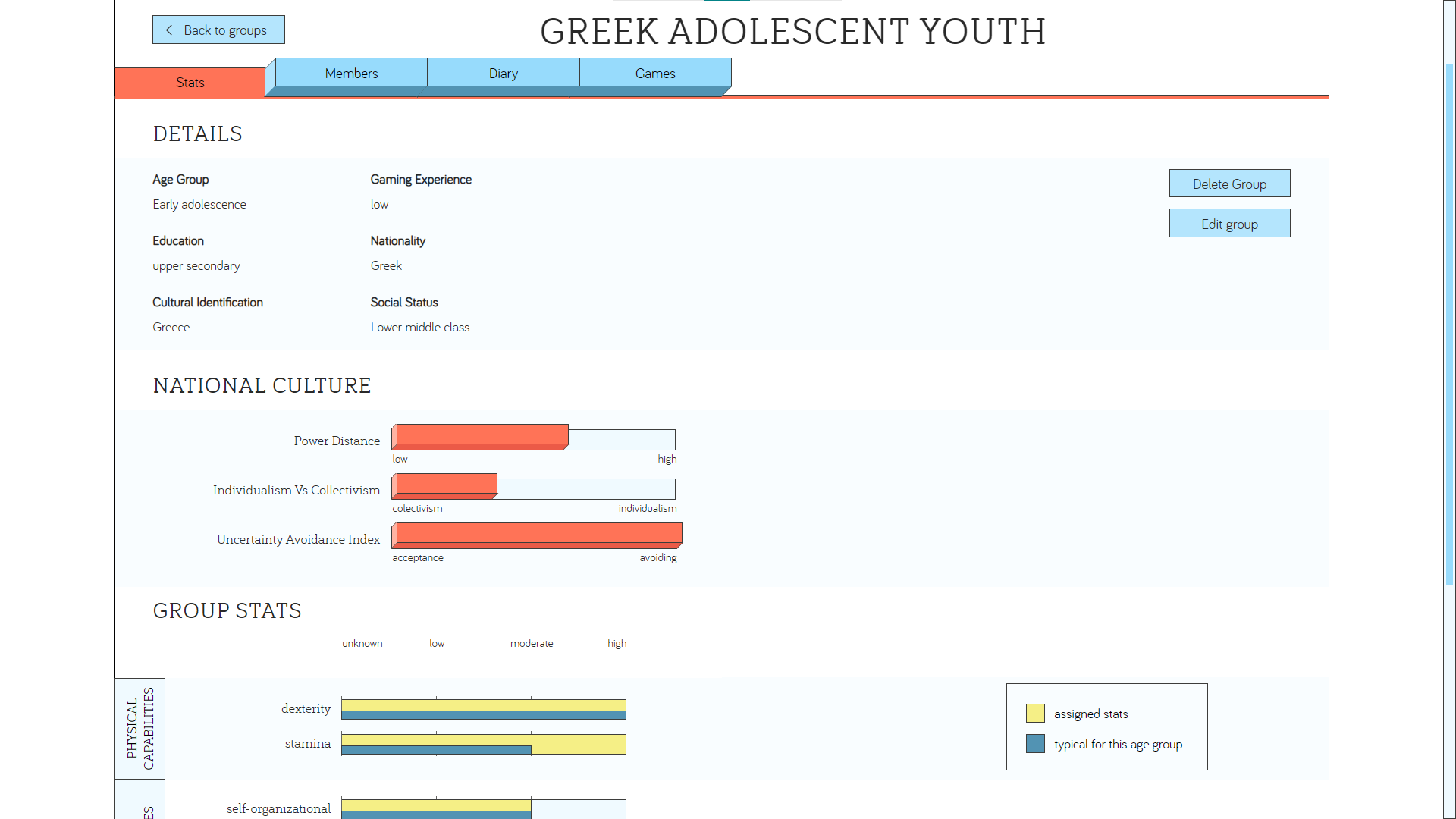Description
Game Changer is an innovative platform designed specifically for NGOs, aimed at assisting them in creating games that align with their organizational objectives. The platform primarily focuses on city games with a strong social component. It was developed as part of a larger project funded by the EU's Horizon2020 program, with the specific goal of addressing radicalization.
What are city games
City or Field Games are interactive experiences that take place in real environments. These games are organized for a few to tens of players and facilitated by one or more individuals. They can serve various purposes, ranging from educational and social to purely recreational. Some of the popular examples are: paper chase, capture the flag, or geocaching. As part of the Game Changer project, all the city games created aimed to make a positive change regarding social issues such as racism, homophobia, and radicalization among immigrant communities.
What Game Changer platform does
The platform allows to prepare all of the above and much more. It guides the user through all the necessary steps in the process, making them as easy as possible at the same time. The methodology is based on extensive research and thorough interviews with the specialists from various fields: sociology, psychology, social therapy and experienced social workers.
The process starts by specifying the foundations of the game: goals, target group, place and narrative setting. To help in that we offer a complete list of possible high-level goals (eg. passing a scientific knowledge), group profile creator, a mapper tool for easy location research and extensive list of age-group oriented narrative settings. Based on these, the system suggests in-game activities that will help achieve previously specified goals while being appropriate for the target group and location. For example, if you want to bond players together it may suggest to design an emotionally and physically intensive game, so that players would feel a sense of camaraderie through hardship and will remember it thanks to the intensive feelings.

Role
I was the main analyst in the project, discovering user needs and learning the thematic area. I’ve performed tens of interviews with the experts in the field and incorporated their knowledge and findings into the design of the system.
I designed all of the system’s structure, including wireframes and prototypes. Based on the experiences from the previous project, I’ve prepared a comprehensive description of the project as a single source of truth for the team. I’ve also designed the algorithms that calculated needed game difficulty, suggesting game activities and a few others. I’ve conducted user tests of the platform’s interface.
Throughout the whole project I was responsible for managing the creative team: graphic and game designers. I was leading user interface design and introducing and teaching a new graphic designer in the team.
I also acted as a product owner, introducing everybody to the project, explaining intricacies and design choices. I represented the company during the consortium meetings, presenting the platform and games that can be designed with it. I was responsible for organising workshops for project partners and was helping to conduct 4 games in the initial phase of the project. Additionally I’ve made some of the documentation for the project.
Challenges and solutions
After initial research and interviews with game designers I’ve quickly discovered that in the game creation process every aspect has an influence on each other and it was more complex and convoluted than I had expected. It looked impossible to enclose in clear and logical ways of computer algorithms.
Endless talks with the experts lead me to the decision to split the process into two completely separate and independent steps of 1. setting game foundations and 2. suggesting best solutions. I’ve created an intermediary layer of game characteristics that all foundations were translated into and then all suggestions were based on.
Thanks to this approach the system is flexible and allows for further refinement and additions on either side of the process. At the same time it allowed me to create much simpler algorithms for the suggestion engine.
To my great relief all the tests proved that this model and designed algorithms were valid. When putting foundations of the existing games into the system, it was suggesting mechanics that were used in these games and new ones that game creators confirmed would fit perfectly.

Interface
The system was created for game creators, social workers and NGO’s employees. Research showed this group expects vibrant, fun and unconventional interfaces. When I was presenting the first drafts, the stakeholders would consider them crazy and out of place, while the target audience would describe them as interesting, refreshing, and inspiring. I had to carefully balance this feel, with the fact that system was for professional and prolonged use. Interface had to be calm, not distracting and easy on the eyes. In the end I decided on a retro look of Windows 98 interface combined with isometric elements, few flat-design touches, low-saturation color palette and subtle video-game references. The tests proved that it was spot on and some game designers described it as “delightful and fun to use”.

Workflow optimization
Algorithms supporting the game creation process need many aspects meticulously parametrized. To do that we had to have our expert test many games and fine tune numerical values of difficulty levels presented by many aspects of the game. Developing and refining it in the system would be troublesome and time consuming so I’ve prepared in excel a simulation of all the algorithms that allowed for quick tests of different scenarios and adjustments. It allowed our expert to work quickly and independently of our development team, while allowing for easy synchronization with the system afterwards.
Project documentation
Near the end of the project I was presented with a task of preparing a guide for the system’s new users with sample game scenarios that may be developed in the system. I wanted to highlight how the system adapts the game suggestions based on the user’s input and reinforce good practices. I simulated the whole game creation process as it is in the system itself. From the game’s goal, through target group and location up to the sample game scenario based on the reader’s choices. I’ve also included common pitfalls and misunderstandings to correct readers on them. I took inspiration in “choose your own adventure” games, where the reader after each paragraph of text decides on the action performed by the protagonist and is linked to the appropriate next paragraph. In the end the document was a game on it’s own which allowed for greater engagement of the readers and proved to be a useful educational tool.
Covid-19
The Covid-19 pandemic did not spare this project as well. Since conducting city games relies heavily on the face to face social interactions, the pandemic was a big challenge to overcome. We immediately started to redesign our existing games to play them remotely via video conferencing apps like Discord. The best approach was to make games more similar to role-playing games like D&D or Warhammer. At the same time we found out that our game creation platform is perfectly capable of supporting on-line games as well with only just minor tweaks. It was possible thanks to the designed big flexibility of the system.
